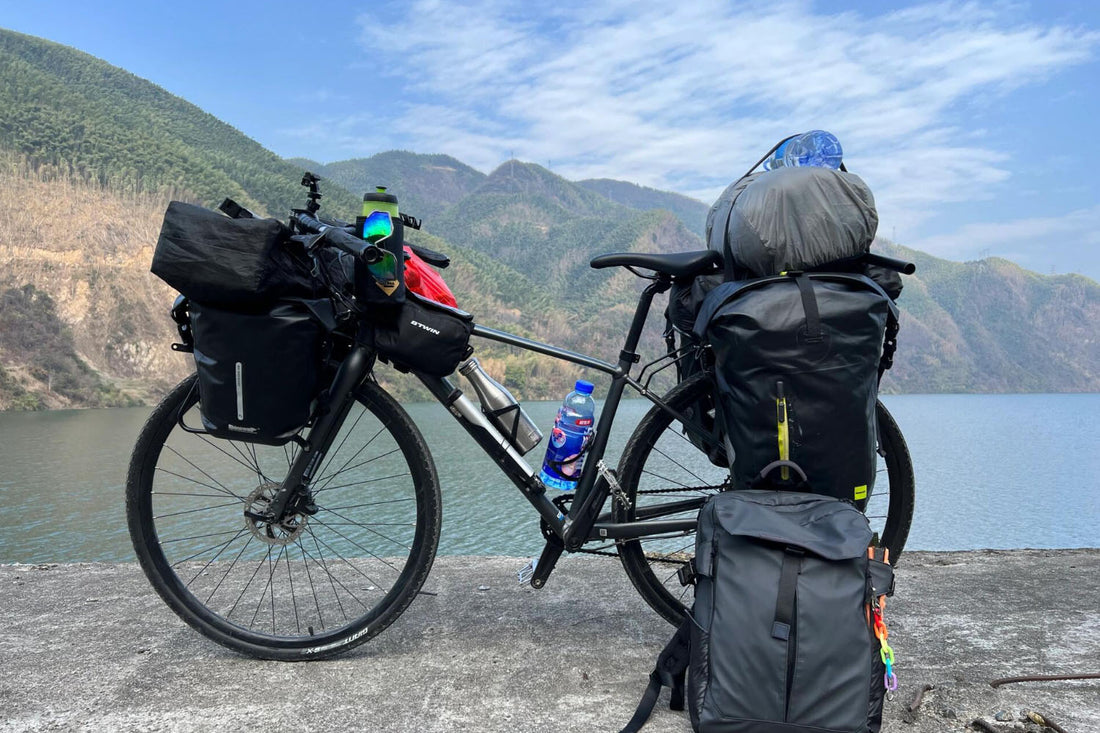When it comes to cycling, finding the optimal backpack is crucial for enhancing your biking experience.
A top-notch cycling backpack should boast a comfortable carrying structure, excellent moisture-wicking and breathability, robust fabric, dependable zippers, and fastenings.
Moreover, features like waterproofing, various accessories, and fluorescent reflection serve as additional criteria for selection.
Carrying System:
Since the backpack will be worn on the back and carry a certain weight, a well-designed carrying system is essential to evenly distribute the weight, minimizing fatigue and protecting the body from injury.
This system typically consists of shoulder straps, a waist belt, and a chest strap, which should be soft, breathable, and adequately supportive where they contact the body.
The ability to adjust the tightness of shoulder straps and waist belts allows for a custom fit, reducing the pressure on shoulders and back.
Moisture-Wicking System:
As cyclists often sweat profusely, especially in warmer temperatures, a backpack that can effectively address this issue is preferable.
There are mainly two types of structures used for this purpose: ventilation and breathable systems.
The ventilation structure uses a mesh against the back, creating a significant gap for sweat to evaporate with air movement.
The breathable structure features a special foam material at contact points, ensuring dryness and comfort.
Fluorescent Features:
Reflective elements are vital for visibility during low-light conditions or when cycling at night.
Many cycling backpacks incorporate fluorescent materials in specific areas to ensure that cyclists are easily noticed by motorists from behind.
Hydration Bladder:
A hydration bladder, suitable for cycling and hiking, can be placed inside the backpack with a tube extending to the mouth, allowing easy access to water.
Many cycling or multipurpose backpacks are designed to hold a hydration bladder, with clear markings for this feature across different brands.
Waterproofing:
Weather can be unpredictable, and encountering a downpour with a non-waterproof backpack containing delicate equipment like cameras can be disastrous.
Hence, waterproofing is another critical factor in selecting a cycling backpack.
While many backpacks feature PU-coated fabric for water resistance, the vulnerability often lies in the seams and zippers, leading some models to include a rain cover for additional protection.
Summary
The ideal cycling backpack should offer comfort, efficient sweat management, and practical features like hydration support and visibility enhancements, aligning with the essential requirements of avid cyclists.

